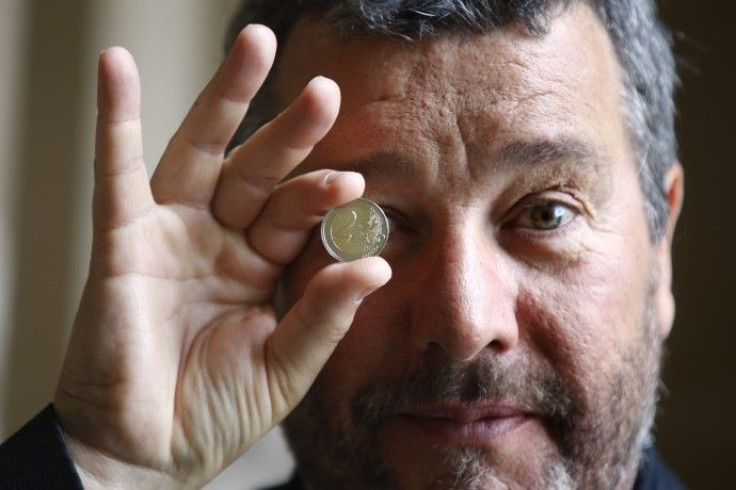'One in five chance' of euro surviving: CEBR

The euro has a one-in-five chance of surviving in its current form, according to a research paper published by the Centre for Economics and Business Research (CEBR), the UK economic consultancy.
By keeping the euro alive, the CEBR claims, will “require cuts in living standards greater than the UK faced in the Second World War for the weaker euro zone members.
There is no modern history of falling living standards in peacetime on the scale necessary to keep the euro in its current form,” said Douglas McWilliams, the CEBR's chief executive.
“This is why I think there is at best a one-in-five chance that the euro will survive as it is.”
CEBR conceded, however, that economic problems faced by Britain pale in comparison to the hardship faced by weak euro zone members like Ireland, Greece Spain and Portugal. These nations, CEBR suggested, need consumer spending to decline by 15 percent for their debts to become sustainable.
By comparison, the body said, the fall in consumer spending during the Second World War was 14 percent for the UK.
Concurrently, government spending in the peripheral euro zone countries must be reduced by 10 percent and all members must cede control over economic policy to the European Union (EU).
In addition, the CEBR warned that a larger bail-out package is needed than the existing 440-billion euro fund to cope with the risks of rescuing Spain or Italy.
© Copyright IBTimes 2024. All rights reserved.











